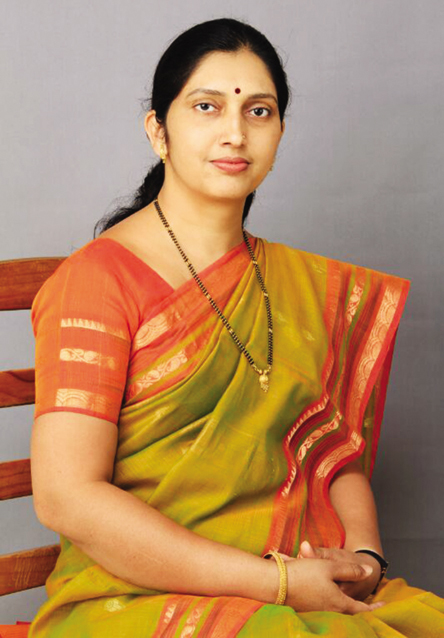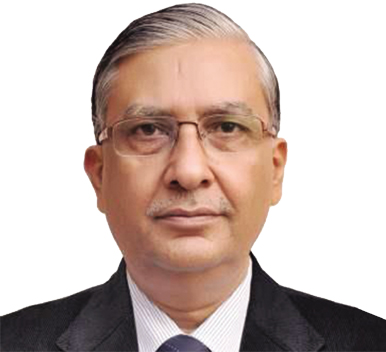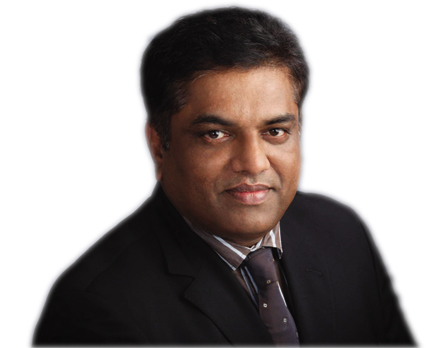
MD, Chennai Metro Rail Ltd
Crowded roads of fast urbanising Chennai call for a rail-based MRT system, and the government has grabbed the opportunity, says CMRL MD Pankaj Kumar Bansal in conversation with Kartik Sharma of Elets News Network
What led to Chennai going for the metro rail?
The metropolis of Chennai has been growing rapidly and the road traffic volume has also increased in the same proportion. Therefore, the need for a new rail-based mass rapid transport system was being felt. So, the Government of Tamil Nadu decided to implement the Chennai metro rail project.This project aims at providing the people of Chennai with a fast, reliable, convenient, efficient, modern and economical mode of public transport, which is properly integrated with other forms of public and private transport including buses, suburban trains and other modes of transport.

MD, Chennai Metro Rail Ltd
Tell us something about the Chennai Metro Rail Limited (CMRL).
The Government of Tamil Nadu created a Special Purpose Vehicle (SPV) for implementing the metro rail project. This SPV, named Chennai Metro Rail Limited, which was incorporated in 2007 under the Companies Act. It has now been converted into a joint venture of the Government of India and the state government, with each holding equal amount of equities.
What steps are being taken to ensure a safe and secure metro rail?
Passenger safety and security have been given top priority in the metro rail project. Keeping in mind the safety concerns, we have systems in place which ensure that platform gates will open only when a train enters a platform. Similarly, trains can move only when the gates are shut. This reduces chances of accidents. This also helps us save consumption of energy. It is seen that the air-conditioning requirements for tunnel cooling near platform or track area is much higher than what is required for the remaining part, due to the heat generation with the applying of brakes. If we can avoid unnecessary braking near the platform area, it will help in efficient use of energy.
Land disputes or infrastructural issues are associated with most of the big infrastructure projects in our country. How has the CMRL dealt with such issues?
We have in our possession most of the land necessary for the project, except one, though with some small litigations here and there. Luckily for us, these small hitches have not hampered our work. This is a public project, so the court takes care of the legalities well. However, some small issues did crop up initially, when some companies engaged by us could not complete their work on time owing to their sluggishness. It forced us to terminate their contract as this was affecting the pace of our project.
Brief us about the much-talked-about energy-efficient air-conditioning system in Chennai Metro.
We have opted for an air-conditioning system, which is more energy efficient. For example, an air-conditioning system, generally, has two cycles – primary and secondary. There is the need of energy or cooling transiting from one cycle to another. But here, we are focusing on single cycle only. This will save nearly 30 percent of energy compared to the previously used air-conditioning systems, thus boosting the concept of energy efficiency.
Metro rail stations in Delhi and Kolkata have various shades of art and culture engraved on their walls. Planning something similar?
We have some ideas for adding beauty to our stations. Every station will be displaying various art forms and glimpses of different cultures. For example, I can tell you that if one station adorns the photos of classical Bharatnatyam dance, others could be showcasing flowers or wildlife, particularly those associated with our state.
Parking is a major issue. How does CMRL plan to handle this problem? Also, tell us about the CMRL’s bicycle parking and renting initiative.
We are trying to do things differently in Chennai. There are separate sub-lines inside our stations for pick-up and drop points or vehicle parking. This will result in fewer chances of choking of main roads near the metro stations. There will also be escalator system in place, which will be connected to the parking areas. We are also providing separate space for cycle parking within the station premises. We have tied up with the Chennai Municipal Corporation for procuring free cycles.
Before moving in to the CMRL, you have held several top posts in the government. How do you find working for the metro rail?
I thank the government for giving me the opportunity to work for this project. I am happy to be a part of the CMRL as I have handled similar projects for the Japan International Cooperation Agency (JICA) and the World Bank. I have also worked earlier in the major infrastructure projects, like Hogenakkal water sup- ply project, which was a `2,000-crore project.
What are the core values that the CMRL practises?
We are alert to provide safe, clean, reliable and courteous services to our customers. We also have sustainable development and minimal emission of the green house gases in our focus. Trust is an important attribute for us, and we are committed to honour the trust reposed in us by the people at large. And yes, creativity and innovation does excite us.
It’s different!
“We are trying to do things differently in Chennai… We are providing separate space for cycle parking within the (metro) station premises. We have tied up with the Chennai Municipal Corporation for procuring free cycles”






















